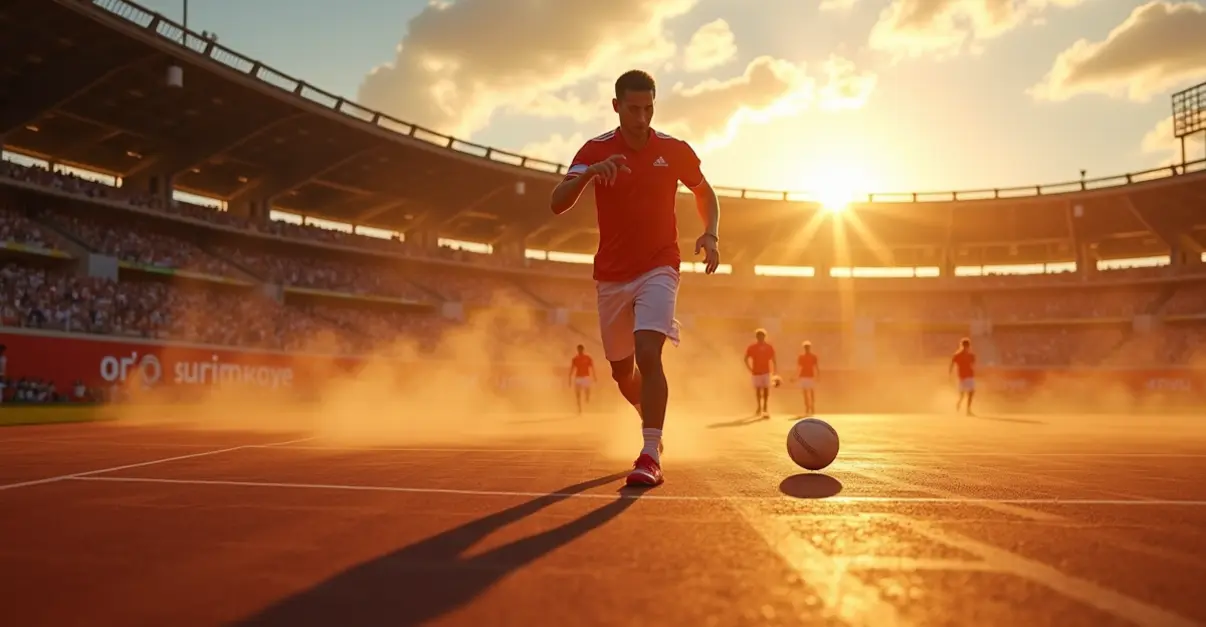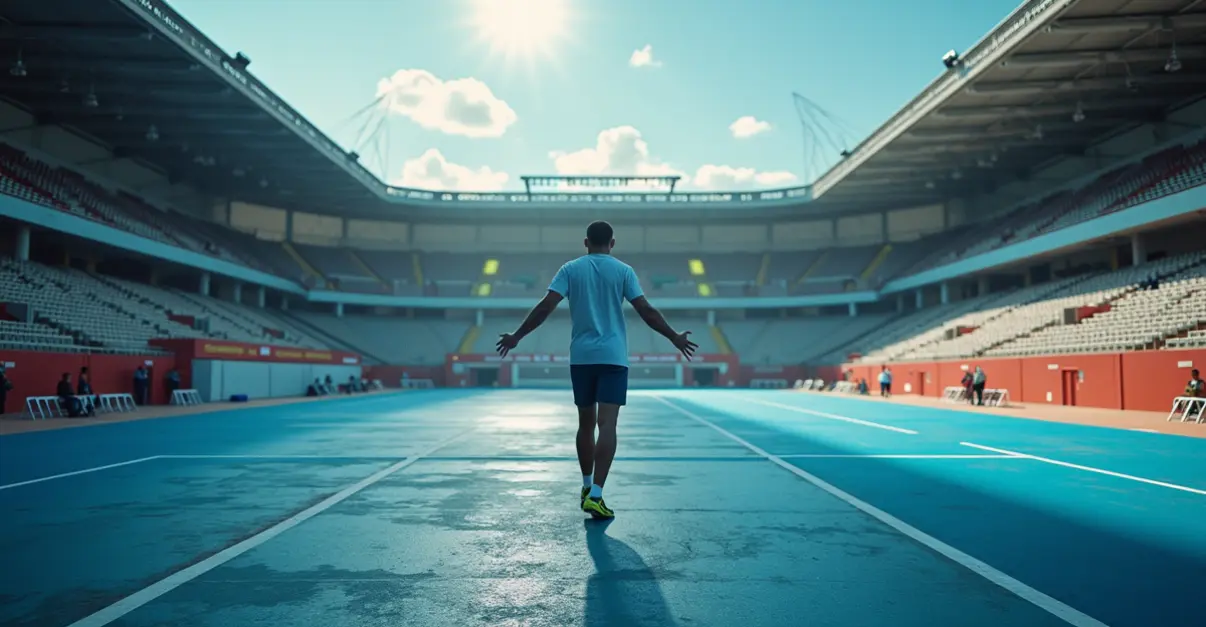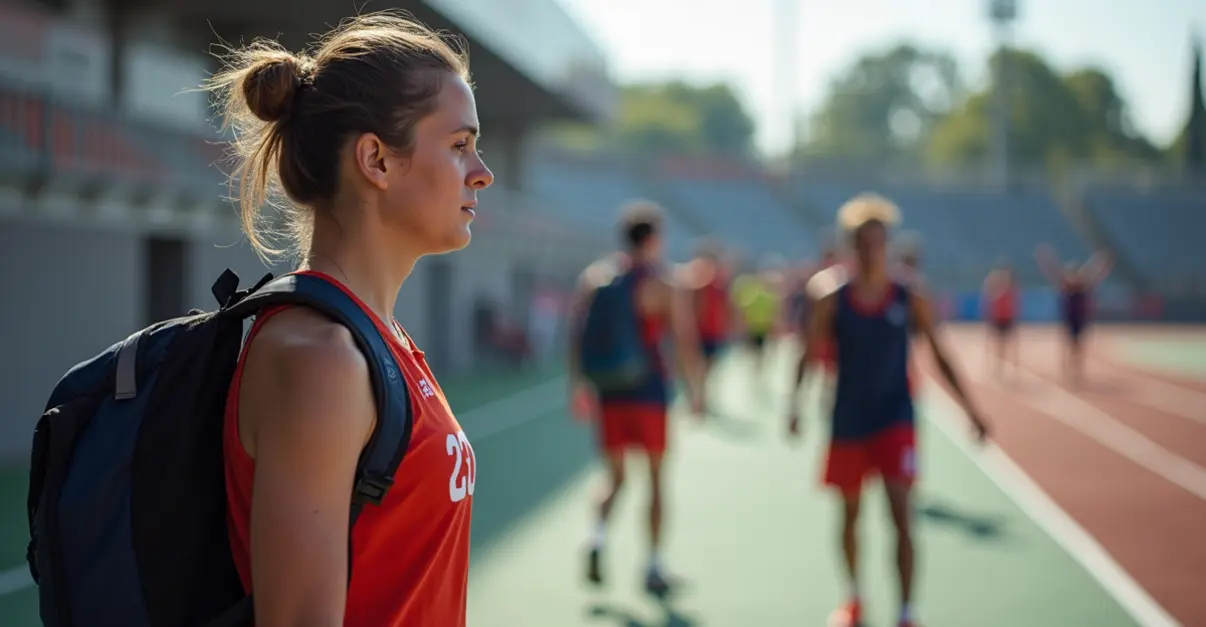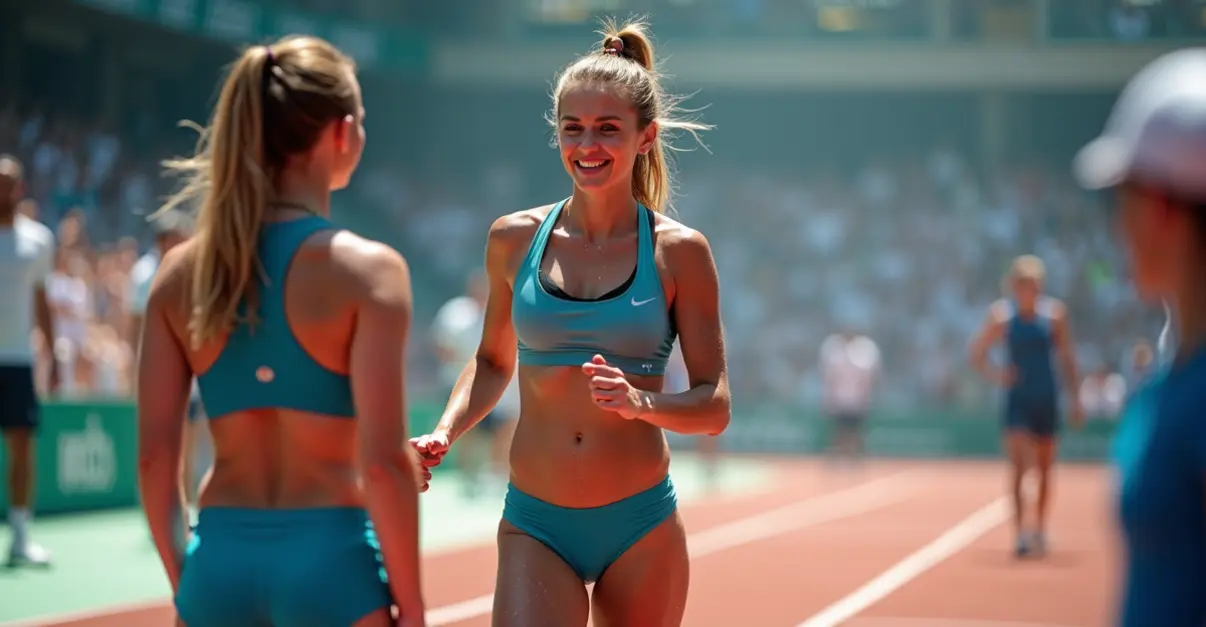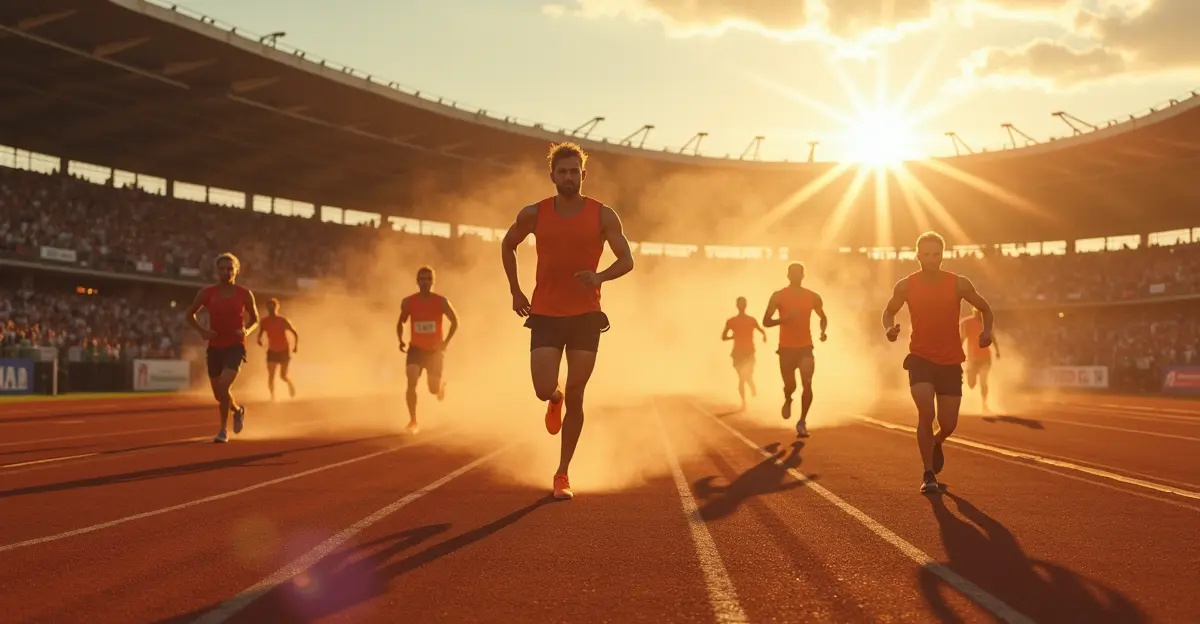Organizações esportivas implementam protocolos abrangentes de gestão de calor e ajustes de calendário à medida que as mudanças climáticas se intensificam. Novas normas de hidratação, monitoramento WBGT e replanejamento protegem atletas contra temperaturas extremas.
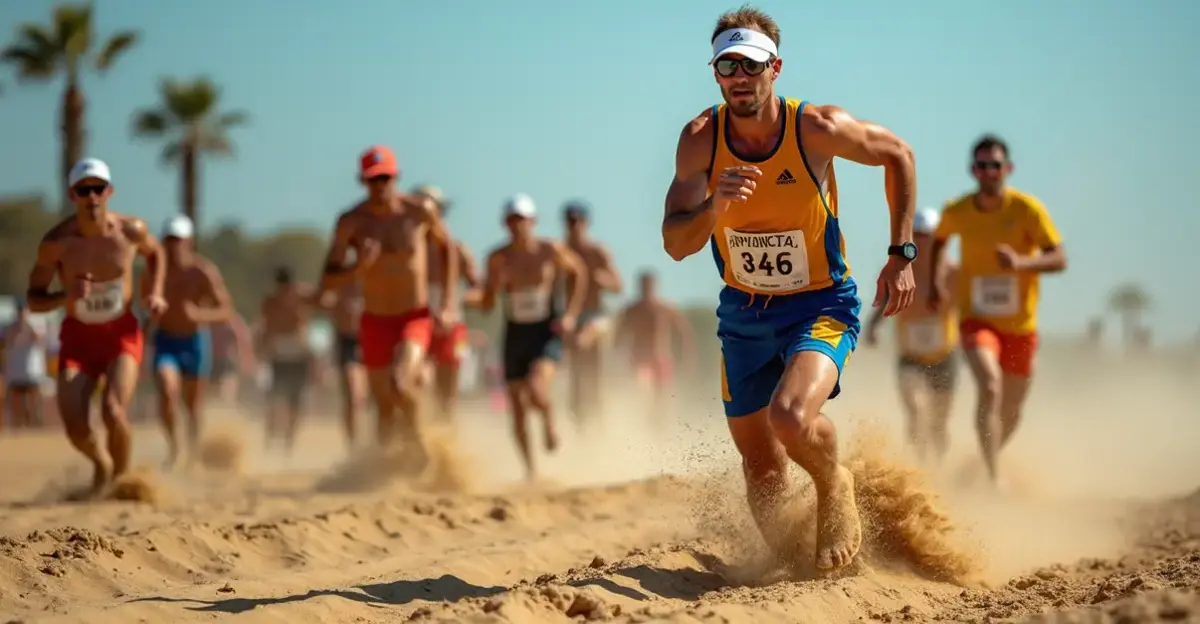
Rising Temperatures Force Sports to Revise Safety Protocols
As climate change intensifies, sports organizations worldwide are implementing comprehensive heat management and hydration protocols while adjusting event calendars to protect athletes and spectators. The year 2025 has seen unprecedented heat waves disrupting major sporting events, forcing governing bodies to adopt new safety standards that may permanently change how competitions are organized.
New Hydration and Cooling Standards
The UIL Heat Stress and Athletic Participation Plan for 2025-2026 represents significant progress in athlete safety protocols. The guidelines require monitoring of the Wet Bulb Globe Temperature (WBGT) within 15 minutes before training and every 30 minutes during activities. When WBGT reaches 79.7°F (Class 2) or 82°F (Class 3), schools must set up rapid cooling zones with immediately available cold water immersion equipment.
Dr. Sarah Johnson, sports medicine specialist at the University of Texas, explains: 'We're seeing heat-related incidents we never encountered before. The new protocols aren't just recommendations—they're essential for preventing serious health consequences.'
Calendar Adjustments and Event Rescheduling
Major sporting events are undergoing significant calendar changes in response to climate realities. Research from Queen's University Belfast shows that nearly 90% of stadiums hosting the 2026 World Cup could experience dangerous heat levels, with four locations potentially reaching the critical threshold of 32°C.
FIFA has already demonstrated adaptability by moving the 2022 World Cup to avoid extreme heat, and player unions are now advocating for permanent schedule changes. 'We can't keep pretending the climate isn't changing,' says Mark Thompson, director of the International Athletes' Union. 'Morning and evening competitions are becoming the new norm for summer events.'
Emergency Protocols and Infrastructure Changes
The International Olympic Committee's 2023 consensus statement provides comprehensive guidelines for organizing sporting events in high temperatures. These include establishing temperature thresholds for event adjustments, implementing cooling breaks, and ensuring immediate medical response capabilities.
Venues are also undergoing physical transformations. New stadium designs incorporate advanced cooling technologies, shaded spectator areas, and improved ventilation systems. The National Weather Service confirms that exceptional heat patterns are becoming more frequent, with cities like Philadelphia experiencing unprecedented nighttime temperatures that don't drop below 80 degrees.
Hydration Science and Individualized Plans
Modern hydration protocols have evolved beyond simple water breaks. The Athletic Trainer's Heat Safety Playbook emphasizes individualized hydration plans based on sweat rates, with scheduled hydration breaks every 15-20 minutes during intense activity. Sports nutritionists now recommend electrolyte replacement strategies tailored to specific environmental conditions and athlete physiology.
Maria Rodriguez, head athletic trainer for a major university program, notes: 'We're moving beyond one-size-fits-all approaches. Every athlete has unique hydration needs, and we're using technology to monitor those needs in real-time.'
The Future of Sports in a Warming World
As climate projections indicate further temperature increases, sports organizations are planning for long-term adaptations. The 2028 Olympics in Los Angeles and the 2032 Games in Brisbane are already incorporating climate resilience into their planning processes. Environmental experts warn that building air-conditioned stadiums provides false security and is not sustainable.
Dr. Emily Chen, climate scientist at Stanford University, concludes: 'Sports have always adapted to environmental challenges, but the pace of change required now is unprecedented. The decisions we make today will determine whether future generations can safely enjoy outdoor athletics.'
The transformation extends beyond professional sports to youth and amateur levels, where organizations are implementing similar protocols to protect participants of all ages. The comprehensive approach to heat management represents a fundamental shift in how sports organizations prioritize athlete welfare in an increasingly challenging climate environment.

 Nederlands
Nederlands
 English
English
 Deutsch
Deutsch
 Français
Français
 Español
Español
 Português
Português




